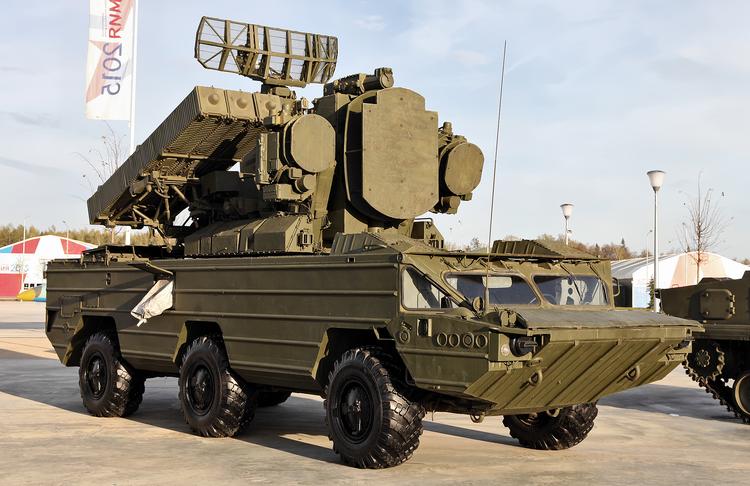OSA system
Before understanding the OSA system, we must know a few words:
API: ApplicationProgramInterface, is a kind of Open, standard and unified application programming interface. It does not depend on the solution of the business provider, the programming language of the business, the operating system on which the business runs, and the location of the business implementation.
SCF: ServiceCapabilityFeatures, business capability features. It is an abstract expression of a set of service capabilities of a bearer network.
SCS: ServiceCapabilityServers, business capability server. Used to implement and support SCF.
Next, let’s look at the three-tier system architecture of OSA:
Application: Mainly provide specific applications , Its business application can be the operator's own or developed by a third party.
Framework: Provides the basic operation mechanism for the business layer, so that business applications can use the business capabilities of the bearer network. The typical operation mechanism of the framework part is the following two:
Authentication mechanism: Before a business application uses the lower-layer bearer network, it must authenticate with the framework part.
Discovery mechanism: After successful authentication, the discovery mechanism helps business applications find a business server suitable for SCF in SCS.
Business Capability Server SCS: Provides SCF to business applications. SCS is a logical concept and can be distributed on different physical nodes. For example, user positioning SCF and call control SCF can be implemented on one physical node or distributed on different physical nodes. SCS is a bridge between network entities and upper-layer services.
Working mechanism
In addition to the system architecture, OSA also needs to have some basic working mechanisms to ensure that users can normally call OSA’s business applications And the security of network operations.
lAuthentication mechanism: During service deployment, service applications and frameworks must authenticate each other. The authentication mode of OSA is end-to-end, and SCF can only be used by business applications after authentication.

l Authorization mechanism: used to determine which permissions the business application has after authentication. Service applications can be authorized after authentication and have the right to use certain lower-layer bearer network capabilities.
l Discovery mechanism: After authentication, business applications can access the discovery mechanism interface of the framework at any time to obtain information about each SCS.
l Formulate service specifications: Before business applications and SCS interact, some service specifications between them need to be formulated online.
l Security mechanism: The framework needs to provide access control functions to perform access checks on the data of business applications that call OSAAPI.
As mentioned above, OSA fully realizes the separation of bearer and control, and separation of control and services, which provides great convenience for the integration of mobile networks, fixed networks, and the Internet.
